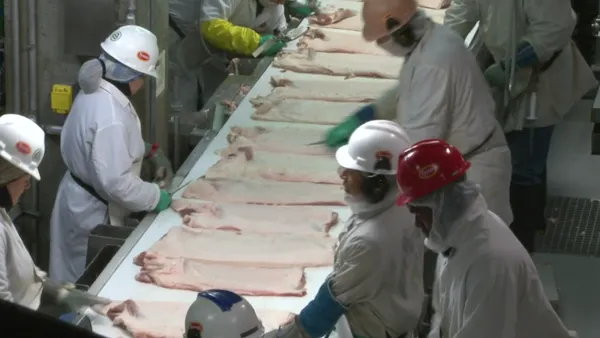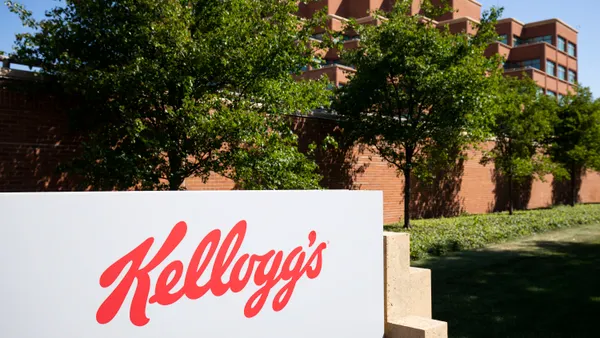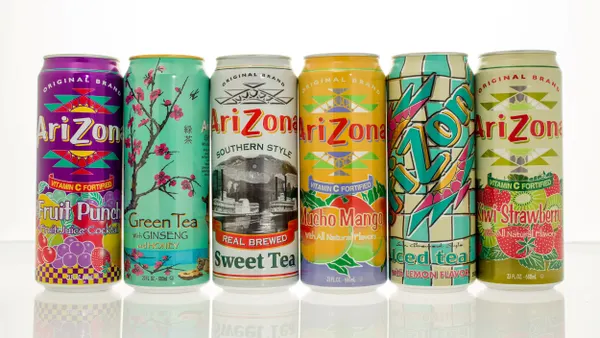Staying Ahead of Supply Chain Challenges
The food and beverage industry is no stranger to curveballs, and 2025 is shaping up to be no different. Rising inflation, shipping delays, ingredient shortages, and climate pressures are disrupting supply chains. On top of that, consumers are demanding more—calling for transparency, sustainability, and better value.
Faced with these pressures, food manufacturers are rethinking how they source ingredients and build supplier relationships. To compete, procurement teams must move fast, be strategic, and take sustainability seriously.
What’s driving these changes? And how can manufacturers adapt? With tools like Thomasnet, smarter sourcing is within reach. Here’s how key trends are reshaping procurement—and how you can tackle them head-on.
Smart Ingredient Sourcing—On a Budget
When costs are high, ingenuity saves the day. Ingredient sourcing is getting a major facelift as manufacturers look to protect margins without skimping on quality.
Take sugar, for example. Many brands are switching to sugar alternatives, emulsifiers, or stabilizers that deliver the same results at a lower price point. There are nearly 150 sweetener suppliers on Thomasnet, part of a growing market expected to double in size to $16 billion in 2032. Other brands are turning to plant-based or locally sourced sugar substitutes, which lower transportation costs and appeal to consumers who prioritize sustainability.
Strategic buyers are also reinforcing relationships with longstanding suppliers to negotiate better deals. Simultaneously, they’re diversifying their supplier bases to avoid reliance on a single source. Platforms like Thomasnet make this process seamless, connecting buyers to a wide network of trusted suppliers while saving time and effort.
Nearshoring to Build Resilience
Remember the global shipping headaches over the past few years? The industry hasn’t forgotten. That’s why nearshoring is becoming more popular.
By working with domestic suppliers, companies can sidestep issues like port congestion, sky-high shipping costs, tariffs, and geopolitical disruptions. Plus, shorter delivery times mean faster production and fewer delays.
Finding reliable US-based suppliers may seem daunting, but digital tools like Thomasnet make it easier than you’d think. These platforms simplify the search, helping procurement teams easily discover suppliers. The result is faster onboarding of partners and a more resilient supply chain.
Digital Tools for Smarter Sourcing
Gone are the days of spreadsheets and phone calls ruling procurement. Digital sourcing tools are revolutionizing the way manufacturers connect with suppliers.
It’s not just a passing trend—over half of procurement leaders are making digitalization a top priority for their teams in the year ahead.2
Technology can help brands gain a competitive edge. Advanced platforms allow procurement teams to filter suppliers by certifications, manufacturing capabilities, and location. They also speed up processes like quote requests and supplier comparisons, cutting out unnecessary back-and-forth.
Communicating through digital RFQs is becoming the norm, making it easier to streamline communication. On top of that, integrated supplier comparison tools simplify decision-making by allowing buyers to evaluate proposals side-by-side. With these tools, procurement cycles run smoother, and sourcing decisions are backed by hard data.
Transparency & Sustainability Are No Longer Optional
Consumers want to know where their food comes from, and they’re vocal about it. Whether it’s understanding how ingredients were sourced or the environmental impact of products, transparency is the name of the game.
To meet these demands, manufacturers are doubling down on sustainability. ESG (environmental, social, and governance) data is becoming a key factor in supplier evaluations. Procurement teams aren’t just looking for the right price—they’re seeking suppliers whose values align with theirs, especially when it comes to ethical sourcing.
Wrapping It Up
To stay competitive, food manufacturers need sourcing strategies that are as flexible as they are forward-thinking. Those who adapt to industry demands—embracing digital tools, diversifying suppliers, and prioritizing transparency—will be best equipped to thrive in these turbulent times.
Building more resilient and sustainable supply chains doesn’t happen overnight, but innovation is key. Platforms like Thomasnet are designed to make that process easier, connecting manufacturers with the suppliers they need to succeed.
For over 125 years, Thomasnet has been North America’s leading industrial sourcing platform, helping businesses like yours find reliable suppliers and build partnerships that last. When it comes to staying ahead of challenges in the food supply chain, smarter sourcing is the ultimate recipe for success.










